The sharara and its baby sister the gharara are typically Pakistani wedding and event outfits. Their long flowing pants are sometimes mistaken for a lengha skirt, but the sharara and the gharara are distinctive looks. It is often worn with at least one dupatta but may include another to be draped along the shoulders or to be worn as a veil.

While many are still debating what the differences are between the sharara and the gharara, it is generally understood that that the gharara has a shorter tunic than the sharara. Also, the gharara pants are usually fitted around the knee or mid-thigh with a band (called a ‘gota’ in Urdu) and they flare out from there. Sharara pants, by contrast, are flared from the hips or waist.
Generally the gharara is considered a single style of sharara, rather than a completely separate outfit. The fact that ghararas as sometimes just called shararas adds to the confusion.
History
Some say the sharara first came to the fashion scene during the Mughal era while other say it first popped up during the 18th and 19th centuries in India. It was fairly popular in North India. The gharara was introduced in the Awadh region of Uttar Pradesh late in the 19th century. It is fair to consider the gharara a later trend within the sharara movement.
Photo courtesy of Darogah Abbas Ali
The gharara, at the time of its debut, was mostly worn by Muslim women in North India. At the time they were considered everyday wear. This is probably because they are fairly easy to wear – they’re baggy, comfortable, and the pants give the wearer greater freedom.
The sharara and the gharara saw a brief resurgence in popularity in the 1940s and 50s, and North Indian cinema stars wore them on the silver screen. They were considered part of the scenery and were quintessential to the culture at the time.
Ghararas became popular in Pakistan and Bangladesh in the 1950s and 60s when style icons like Fatima Jinnah and Begum Rana Liaquat Ali Khan began donning them.
Culture & Community
The sharara and the gharara have both moved on from the original incarnations to become more glamorous and specialized. Nowadays shararas and ghararas are mostly only worn for weddings and special events. In Pakistan, specifically, shararas are considered bridal wear and red is the traditional color brides opt for.
Photo via A Traditional Pakistani Wedding
Ghararas are typically party wear rather than bridal wear, though some brides of course opt for a gharara.
Photo via Shubhra & Piyush’s Wedding
Styles
Shararas and ghararas, as popular outfits in Bangladesh and Pakistan, are constantly being reworked and remade by top designers. Often the pants remain billowy but the kurta will change in length.
From Ritu Beri’s Punjabi Rock and Roll collection 2014
From shirt-length to long and sweeping, sharara styles include a variety of personalities.
From Rimple & Harpreet’s at India Couture Week 2014
We are even seeing some cross-outfit innovations with sari-style shararas popping up. These dresses often resemble accordian-skirt or mermaid-tail lehngas.
Photo courtesy of Vintage Indian Clothing
Designs
Like lehngas, there are no set designs or motifs for shararas and ghararas. The textiles vary from silk to chiffon to velvet to cotton blends. They contain beadwork and zari embroidery among other traditional South Asian textile embellishments. Even among communities and regions shararas and ghararas rarely contain specific cultural trends.
From Manish Malhotra at India Couture Week 2014
Zari and zardozi work remains common among these outfits, but even these are not necessarily characteristic with shararas and ghararas. Largely, since the outfit is fairly modern by South Asian standards, it has always been a high fashion darling and thus included innovation.
Inspiration
Bollywood in the 90s and early 2000s was definitely all about the gharara. Superstars wore tiny bikini blouses and long flowing pants for their item numbers. The gharara was a pop sensation that embodied playful girliness as well as modern cuts. Famously, Bebo wore a glitzy peachy gharara in the K3G song ‘Bole Chudiyan’:
Shararas and ghararas are making a comeback in runway shows and we’re seeing designers openly embracing them more and more.
From Manish Malhotra at India Couture Week 2014
Shararas and ghararas are all about freedom and fashion – they let the wearer move around easily and look fabulous while doing so. Though they have been around for a couple hundred years, designers are reinventing them even now. They are timeless and playful and perfect for everyone from bride to film star.
Visit the complete series of South Asian clothing: Indian men’s pants, lenghas and half-saris, Indian men’s jackets, women’s salwar kameez,

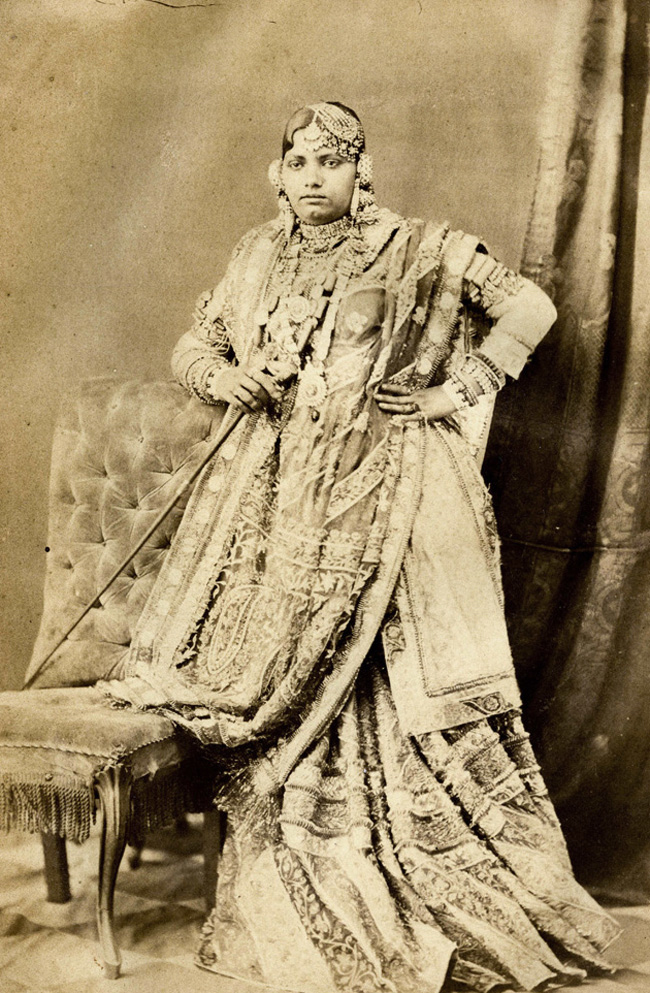
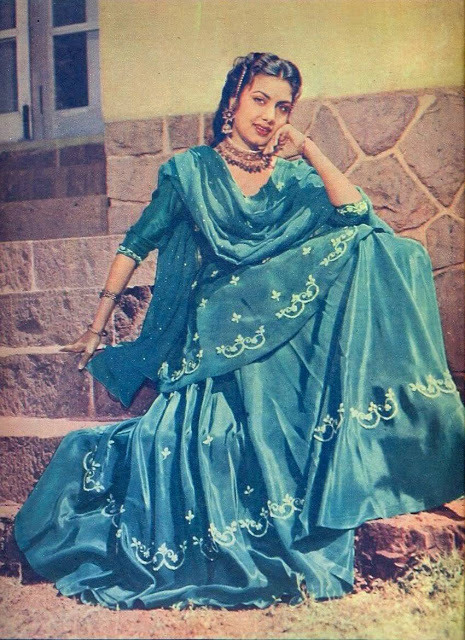
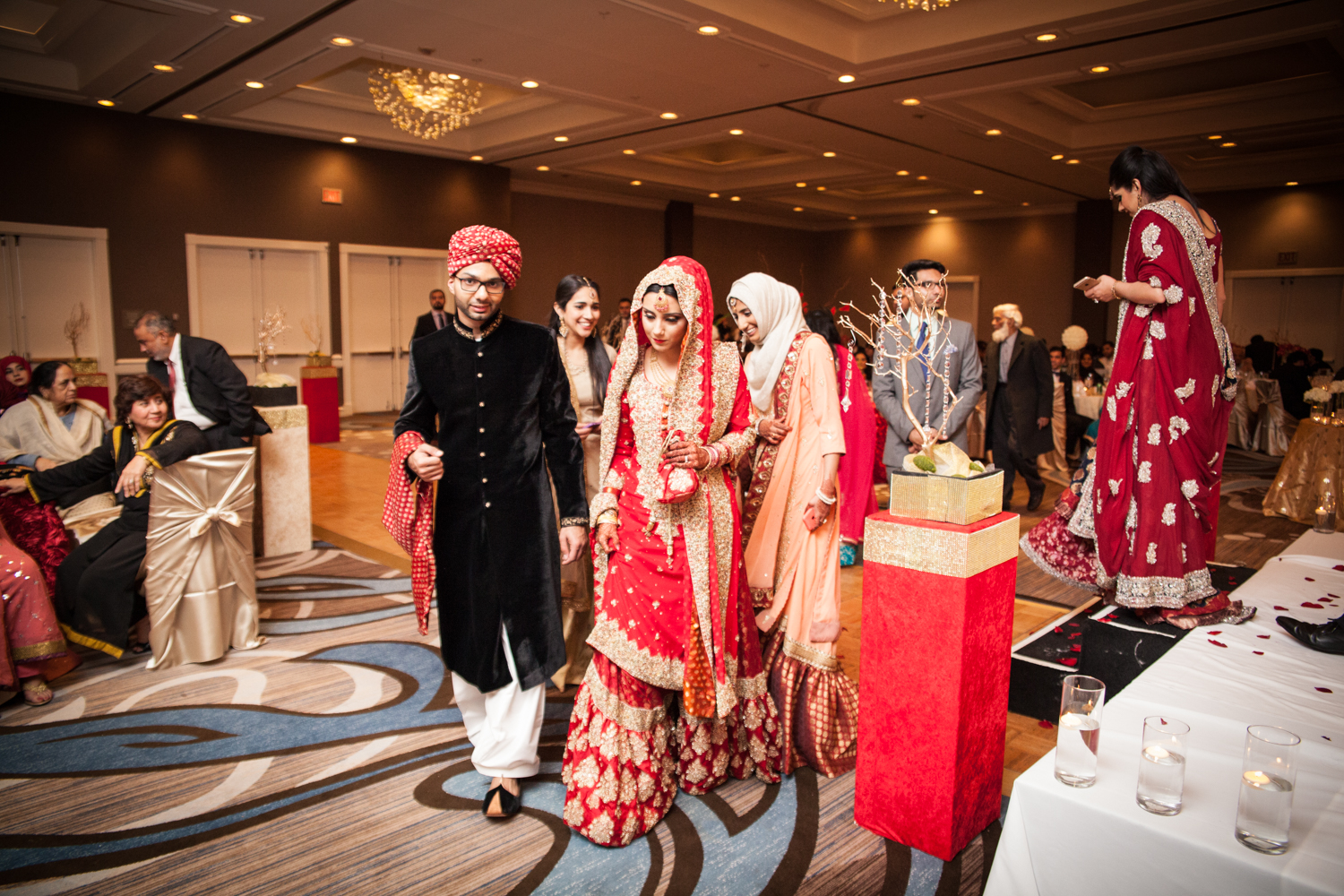
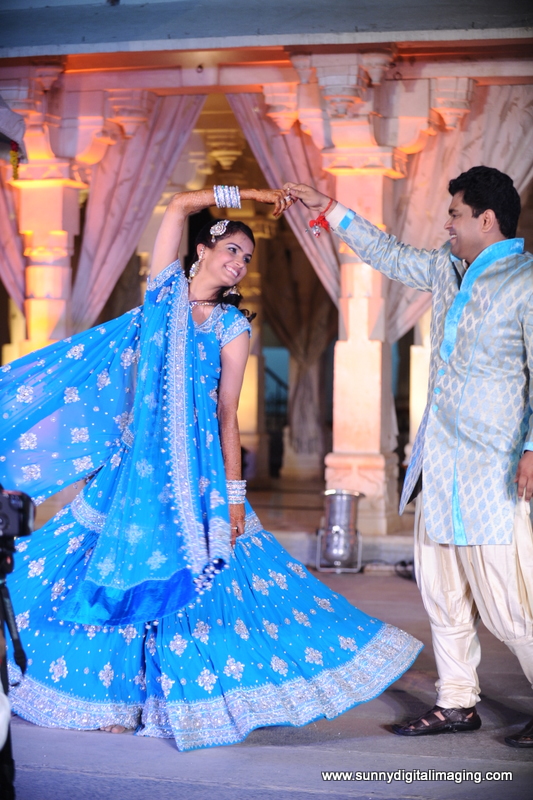



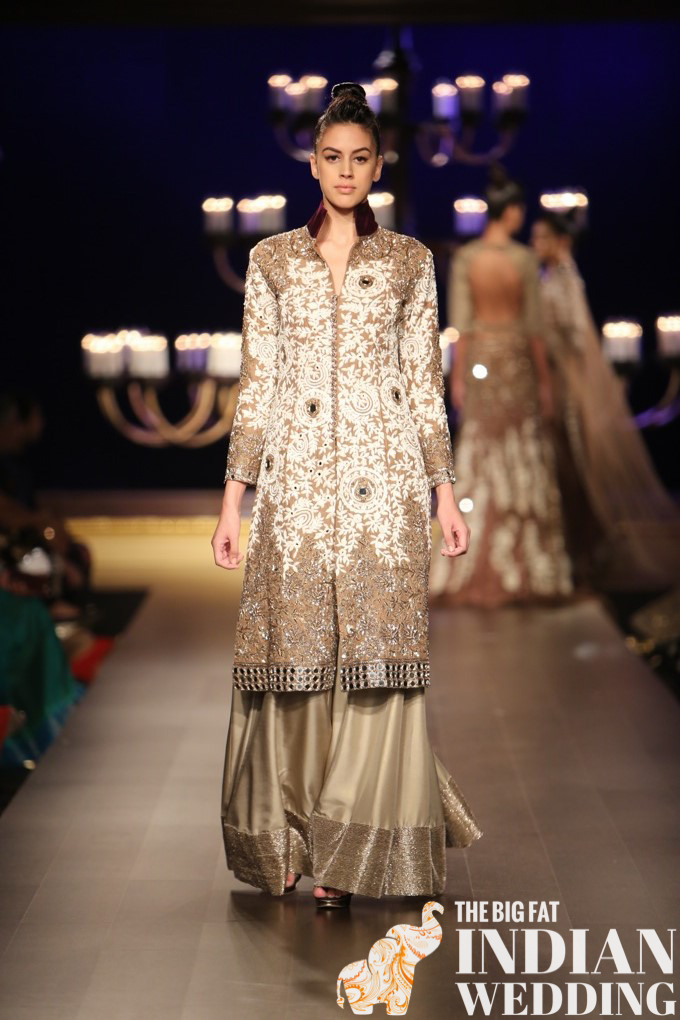
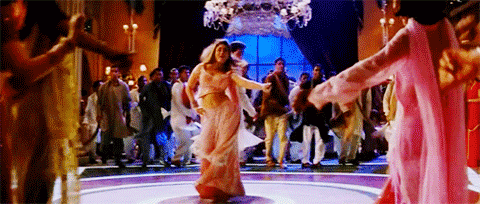
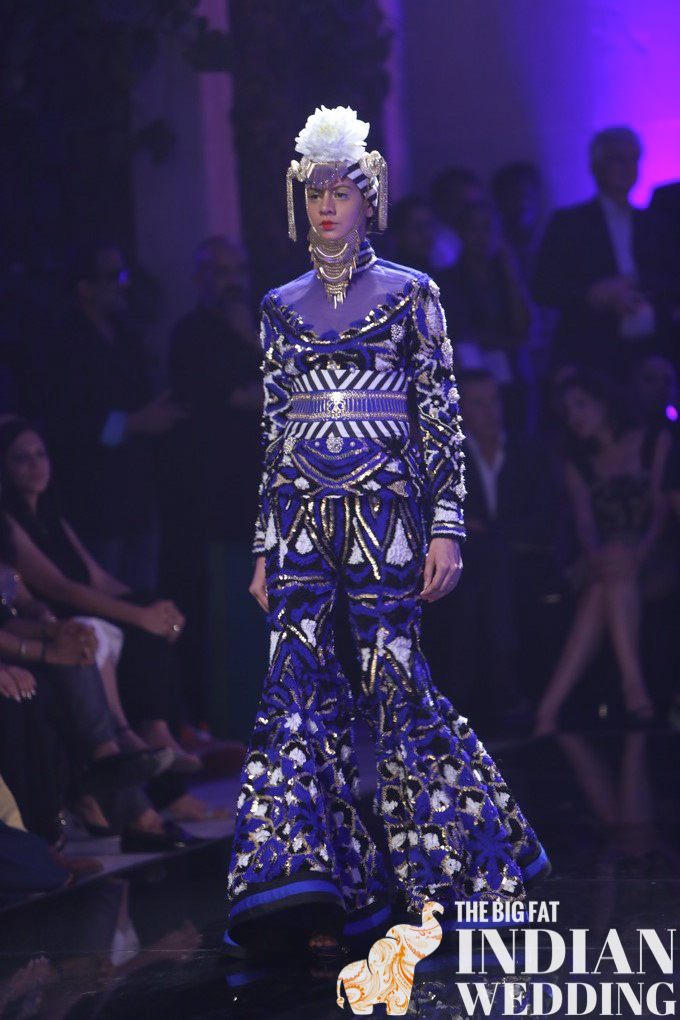
Leave a Reply